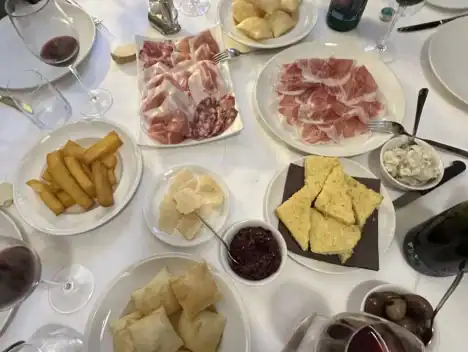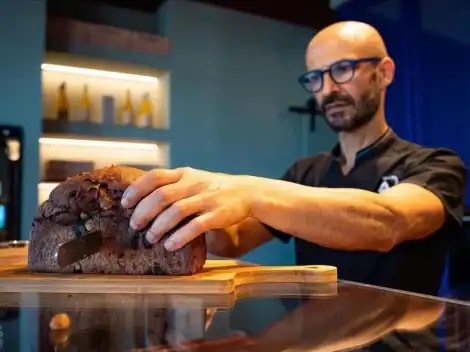Italy is the country of biodiversity in terms of viticulture. Even rocks and birds know this. Something we proud Italians flaunt on every occasion, in fact we are the first country for number of native grape varieties in the world. The most planted? At the top we find Sangiovese, followed by Glera and Montepulciano. Certainly when we are evaluating the wine lists of restaurants, the breadth and completeness of grape varieties, territories and styles is one of the first factors in our choice. Many grapes have been covered recently, above all the awareness and knowledge of how to handle them both in the vineyard and in the cellar has greatly increased. Now we run the risk of being lynched if we mention words like chardonnay, cabernet or merlot. So, we offer you five still not very well known grape varieties on which we are ready to bet.
Discovering 5 native grape varieties
Let's start from Campania with Caprettone, a white grape variety, historically widespread in the Vesuvius area in the province of Naples. The name probably derives from the shape of the cluster, which looks like a capra (goat) beard. The aromatic character is measured, it is appreciated above all for a particular consistency and juiciness, and above all for a beautiful intensely smoky and savoury character that surfaces after a few years in the bottle. The results are growing year by year, also interesting are tests with caprettone as a base for Classic Method cuvées, something that a few years ago was unthinkable.
Travelling up to Lazio we meet Bellone, a white grape variety that is also locally called Cacchione or Pampanaro. We find it above all in the provinces of Rome and Latina and characterised by large bunches, consistent skin and late ripening. It is appreciated for its versatility, in fact it performs very well both in the vineyards near the sea and in the hills, with multifaceted aromas, peach is a recurring one, with a good acidic content and a gustatory texture that's rich and full of flavour. It is the protagonist in many denominations, from Doc Roma to Doc Roma, and increasingly made in purity, even with success in the case of the Classic Method.
For the red grape varieties, we bet on the 3 P's and start with Piedirosso, which in recent years has made quite the qualitative leap, increasingly offered alone and no longer in the classic blend with Aglianico. Locally it is called Per’e palummo (foot of the dove) because of the flecks present on the berries, coloured red like those of a dove's leg. Today it is a great protagonist in the provinces of Naples, Benevento, Caserata and Salerno. It has a medium-late maturation and never brings a large concentration of anthocyanins and therefore of colour in the glass. It is appreciated above all for a truly contagious fragrance of fruit, of small red fruits, and for its ability to show off its volcanic character in lightness and flavour. The drink is often contagious, a real jack of all trades when it comes to food pairings, equally shining with a pizza Margherita.
Our second P is Pugnitello from Tuscany. The colour is characterised by very intense concentration, with purplish tones and shades. In the vineyard it shows a small and pyramid-shaped cluster and a decidedly thick skin. In the glass on the other hand it's appreciated for an original combination of delicately herbaceous hints and small black fruits, a fine tannic finesse and above all good acidity even in hot climates. Considering the increasingly torrid harvests, the Pugnitello could enjoy renewed splendour. And the few cases of vinification in purity are decidedly comforting in this sense.
We close with the third P in Sicily. The name is Pignatello although it is more famous with the name of Perricone, grown mainly in the western part of the island. It's a fragile variety, which gives low yields but of great interest. We are especially intrigued by the black fruits combined in an original way with spicy tones, black pepper or fresh floral or balsamic notes. It has soft tannins, more fruit intensity than acidity, but at the same time a very pleasant, juicy and pulpy sip, perfect also served at a slightly lower temperature, around 15 degrees Celsius. Many Sicilian producers believe in it and are betting on it more and more by making it in purity, also working hard on parcels and individual vineyards. Stay tuned, in the next few years it will be fun to watch it flourish.
You can find out more about the Villa Sandi Contemporary Wine List Award here
Read previous installments of the series:
How To build a contemporary wine list
Everything you need to know about the Italian Method
The real enemies of wine at the table

The Villa Sandi Contemporary Wine List Award
The Villa Sandi Contemporary Wine List Award is the prize we reserve for the most current, brilliant and user-friendly wine lists in our Top Italian Restaurants guide, dedicated to the best of Italian dining in the world. While waiting to resume awarding venues around the world, we’re offering an educational journey through the multi-colour ‘Jurassic Park’ that is Italian viticulture. We’re proposing a series of themes, with practical advice and suggestions, published every week on our international website www.gamberorossointernational.com
by Lorenzo Ruggeri

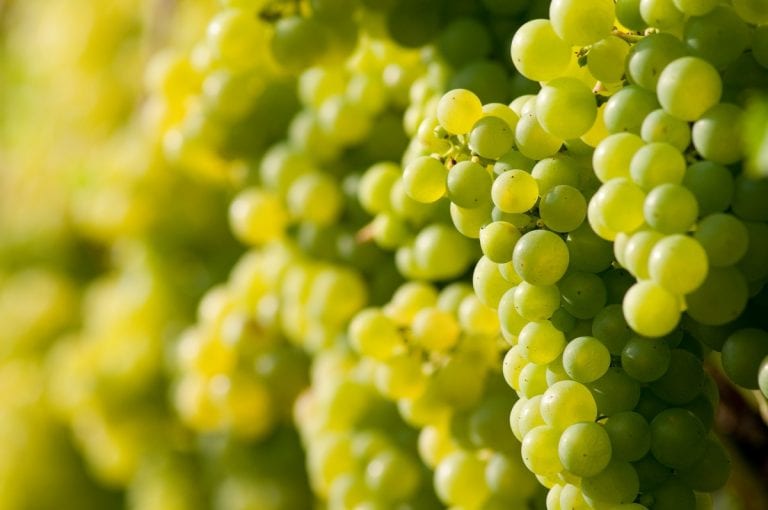
 A top gelato maker from Florence launches flavours dedicated to women who made history
A top gelato maker from Florence launches flavours dedicated to women who made history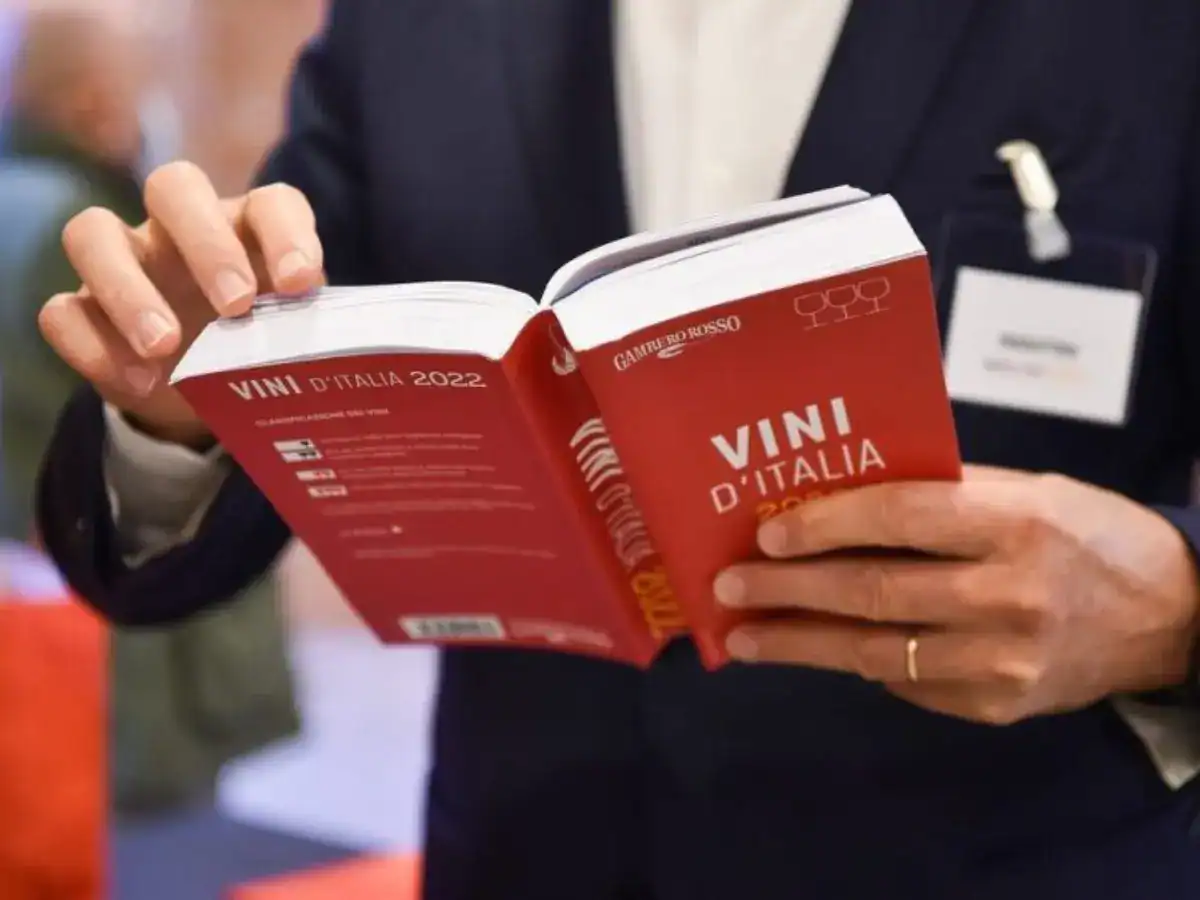 How the Gambero Rosso Vini d’Italia Guide works: the Tre Bicchieri method
How the Gambero Rosso Vini d’Italia Guide works: the Tre Bicchieri method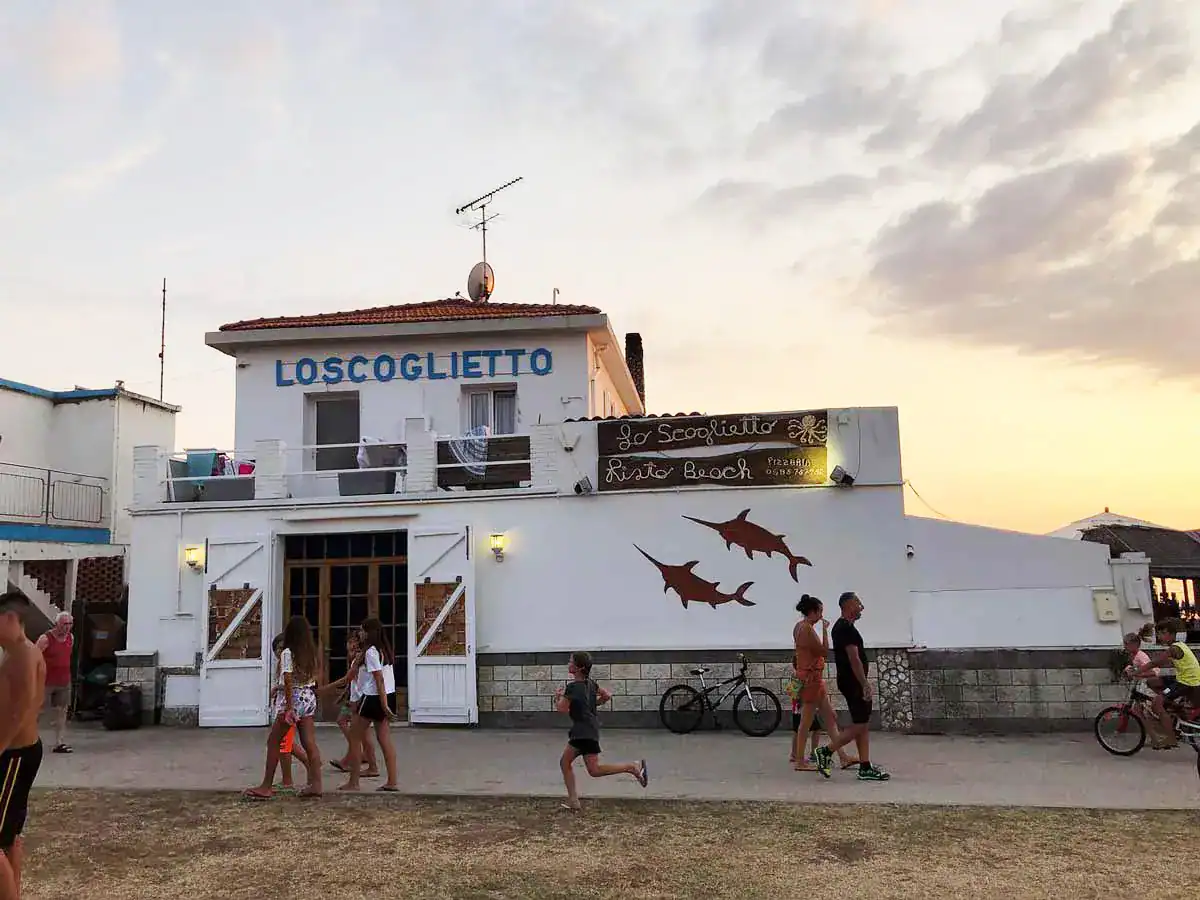 The secret life of the beach club with over a thousand (stunning) bottles on the menu
The secret life of the beach club with over a thousand (stunning) bottles on the menu We tried Locatelli’s new restaurant in London: here’s what it’s like
We tried Locatelli’s new restaurant in London: here’s what it’s like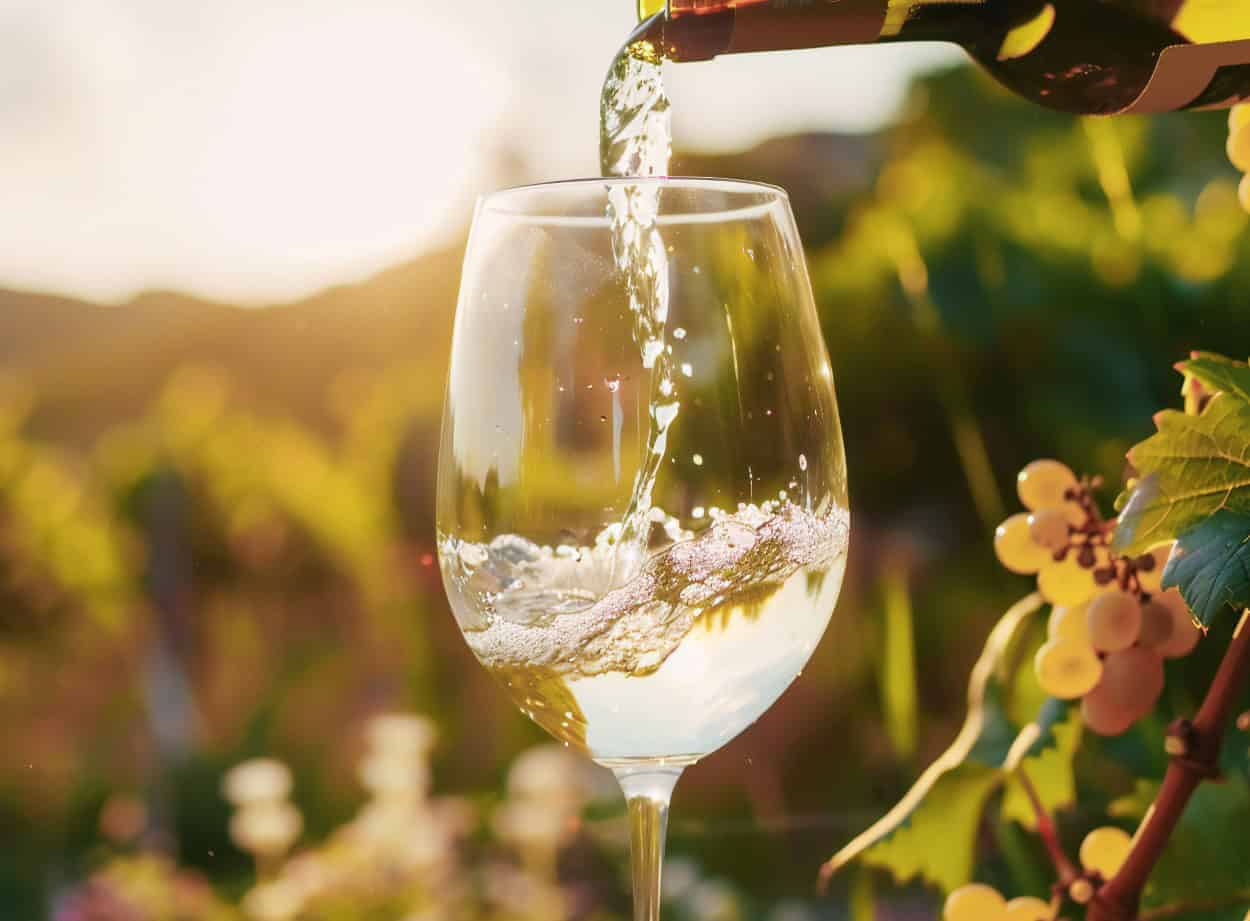 The 10 best value-for-money Pecorino wines from Abruzzo chosen by Gambero Rosso
The 10 best value-for-money Pecorino wines from Abruzzo chosen by Gambero Rosso

